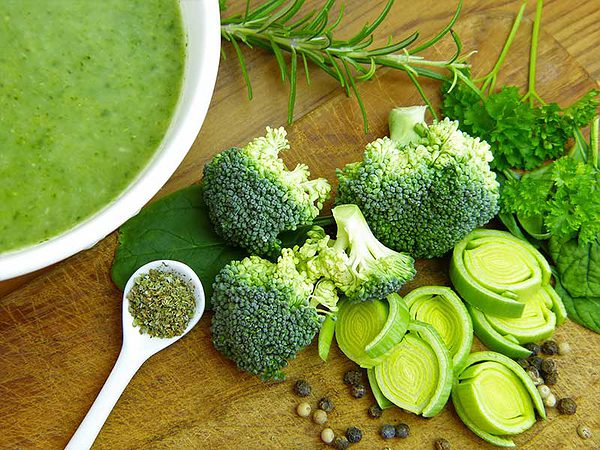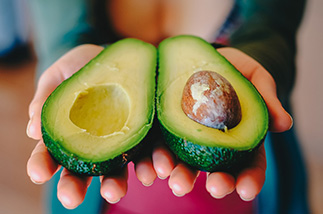Poor Diet ‘Biggest Contributor to Early Deaths Across the World’
Being healthy and able to live a full and happy life is more dependent upon prevention and setting up healthy dietary habits than ever before.
It is far better to keep your arteries clear and your heart strong for example, than it is go to through a risky heart operation, suffer a stroke or gradually demise into dementia or Alzheimer’s.

While our emergency rooms are equipped to help with recovery from heart attacks and strokes, in truth the road to recovery after such events is often tough. Far reaching ramifications, affecting work-life, family-life, finances, depression, and more are path of the course.
The research and statistics show that diet plays a big role in prevention.
Diet & Prevention of Serious Disease
Prevention: always the preferred choice.
If you have a history of heart disease or cancer in your family for example, or you simply want to be as healthy as possible for as long as possible, paying attention to your diet and lifestyle is absolutely key.
Somebody asked me just yesterday, what is the single piece of dietary advice for good health that I can give. Here it is:
To eat fresh, seasonal, wholesome, unprocessed food – organic if possible.
The sort of diets our grandparents ate (because of what was available to them), is what I recommend we revert to. We really want to avoid processed foods as much as possible. An example of this is bread. Most bread in our supermarkets has a whole list of additives, which are unnecessary. What is bread after all, other than grains, rising agent, water and a bit of salt? So much of our food these days is available to us in packets, tins, and pre-prepared. So much of these are full of the unhealthy types of fats, and excess sugars. We really miss out by consuming mass-produced, packaged foods.
Sugar
It is estimated that an adult 150 years ago ate about 20 x less sugar than they do today. Sugar is an even bigger problem than simply the amount you consume. Today in our shops, foods include a range of types of sugar, from high fructose corn syrup to sucrose and icing sugar. Cooking at home means you can include healthy options, such as Maple Syrup and honey, and choose recipes that are generally low in sugar.
Omega 3:6 Ratio
It is estimated that modern Western diets typically have ratios of omega-6 to omega-3 in excess of 10 to 1, some as high as 30 to 1. The optimal ratio of omega-6 to omega-3 is estimated to be between 1:1 and 2.3:1, much like our ancestors would have had. The main sources of Omega 3 are fish. The major source of Omega 6 (to be limited) are from vegetable, canola/rapeseed oil, soy bean, and margarine.
Cooking from Scratch
Other benefits of cooking from scratch are not just about what to avoid. Including lots of plant based foods selected from seasonally fresh, local produce, healthy oils (such as coconut oil, avocados, nuts, olive oil, butter, and more), and bone broths is beneficial. You can also choose the quality of dairy products and meats and fish that you may want to cook with – such as organic and grass fed for example.











